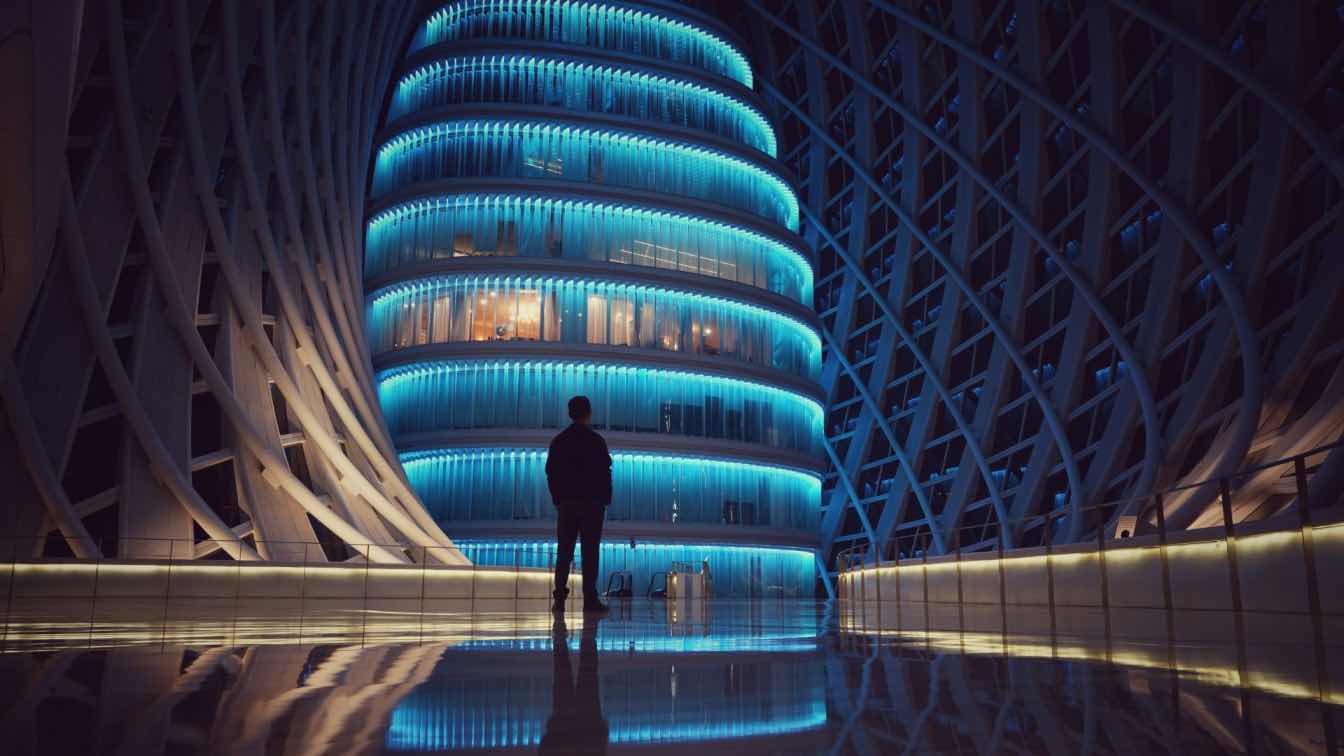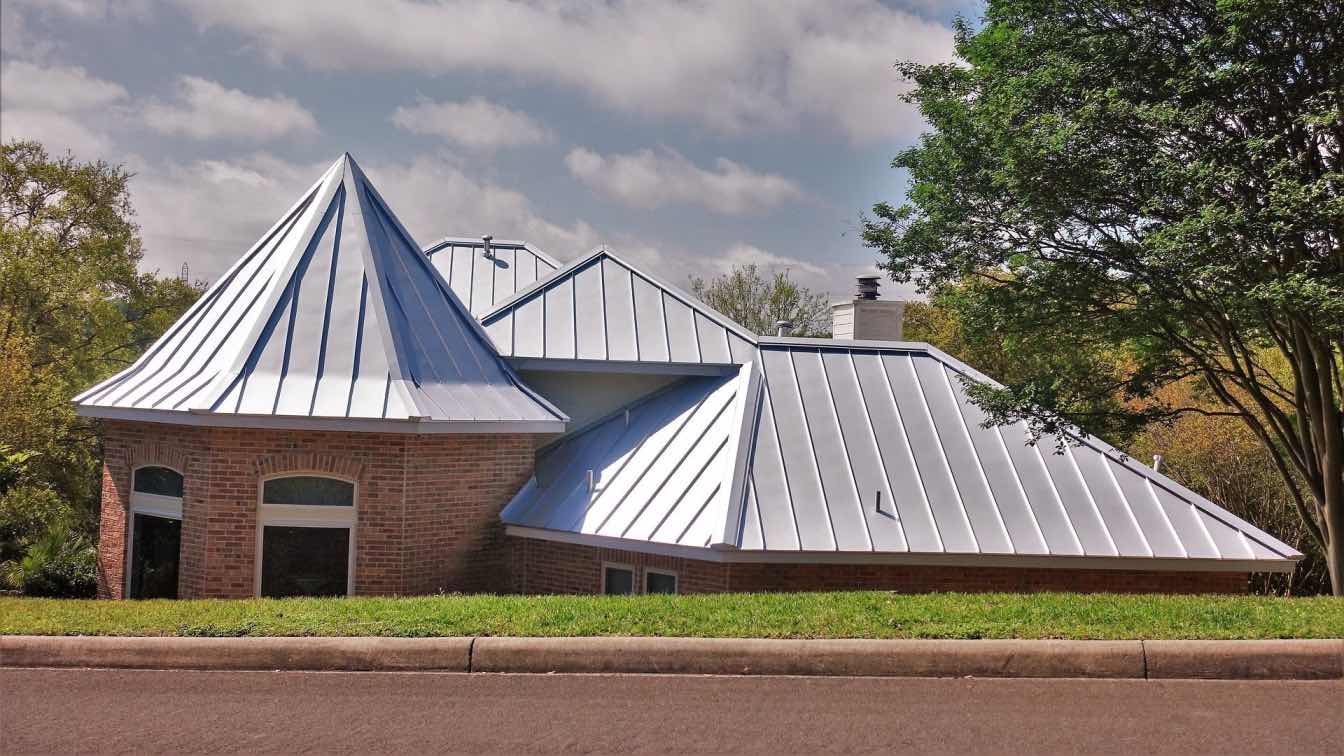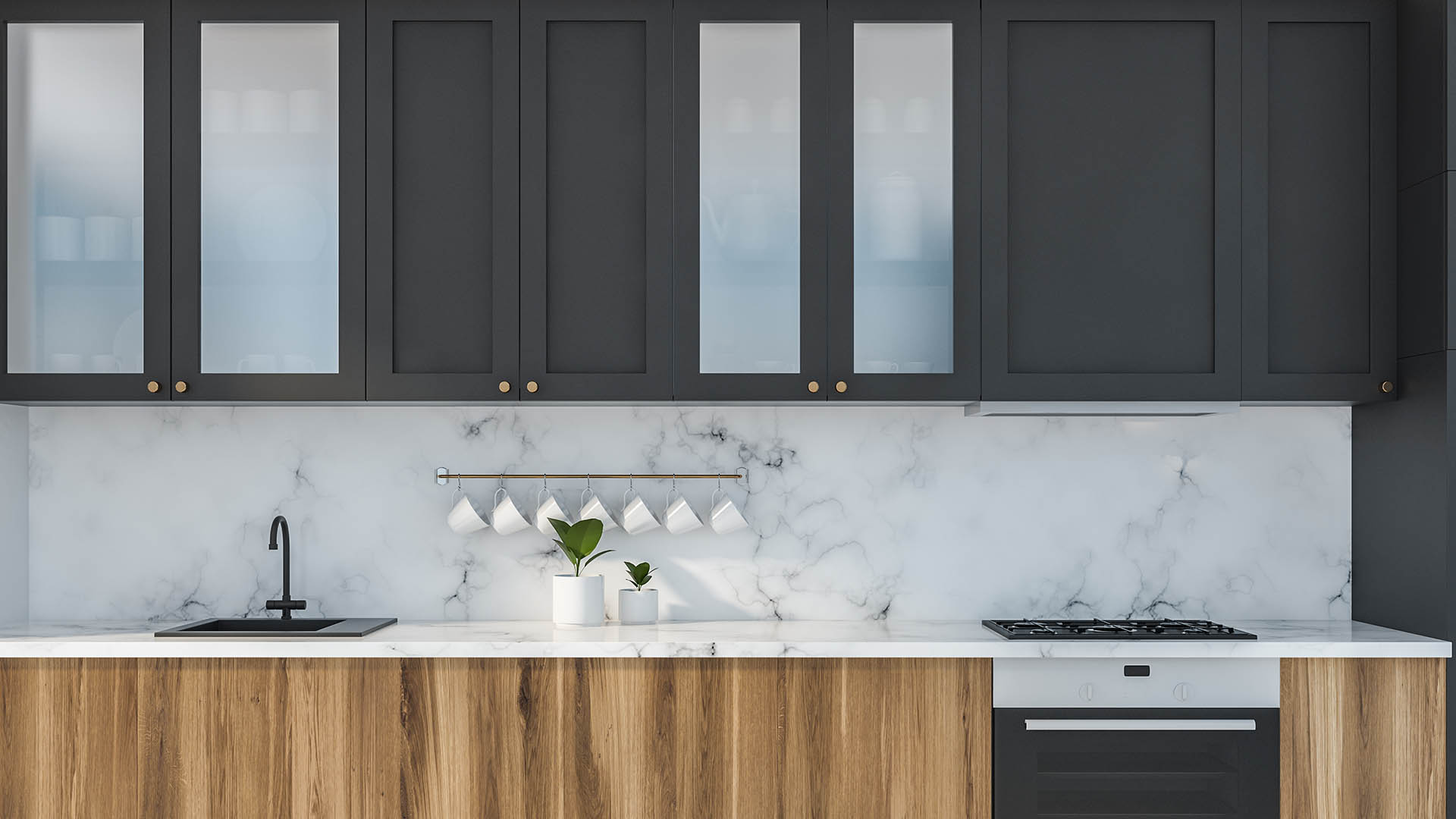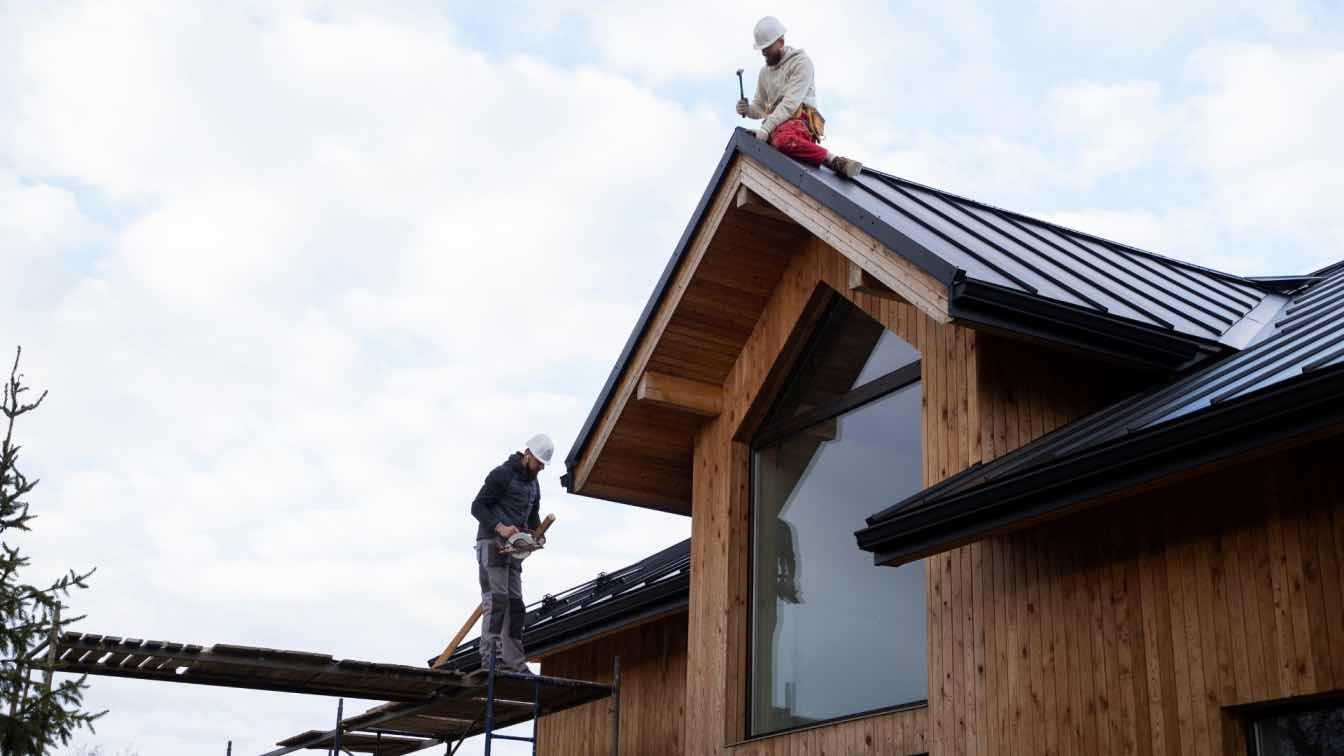Artificial intelligence is revolutionising building design in 2025 in Australia and worldwide. Architects are now using smart technologies to develop better, quicker, and more personalised designs. From homes to public spaces, AI is helping to create a new style that is suitable for modern living. Read on and discover how AI is making architecture more innovative, efficient, and human-centred.
Designing With Emotions in Mind
Currently, architecture in Australia is becoming more emotional thanks to progressive AI features. Instead of focusing on designs and materials, architects increasingly employ AI to understand how buildings make people feel. Artificial intelligence may use data to recommend peaceful or inspirational designs. Such an approach contributes to structures that do more than just look attractive. They can even promote mental health and comfort.
How AI Understands Human Emotions
AI understands human emotions by analysing data like facial expressions, voice tone, heart rate, and even movement patterns. These signals are gathered via special sensors or user feedback and analysed using machine learning techniques. Here are the key parameters:
|
Technology |
What It Does |
Usage in Architecture |
|
Emotion AI |
Detects emotional states from faces and voices |
Adjusts design elements like lighting or sound |
|
Biometric sensors |
Measures heart rate, skin response, etc. |
Helps to create stress-free environments |
|
Computer vision |
Analyses body language and movements |
Optimises room layout for comfort |
|
Machine learning |
Predicts emotional reactions from patterns |
Suggests design changes based on user feedback |
|
VR and AI |
Simulates user emotions in virtual spaces |
Test designs before building |
Based on this, AI forecasts how humans would react in a specific environment. Architects then use this knowledge to design rooms, lighting, and materials that address emotional needs.
Creative Building Made by Algorithms
AI is becoming a valuable design companion for architects. It helps in developing daring and unique architecture concepts. AI may use generative design techniques to suggest new designs, patterns, and layouts that stand out.
Some of these ideas may appear unusual at first, yet they frequently test the boundaries of modern architecture in intriguing new ways. AI accelerates and reduces the time it takes to transform ideas into buildable projects.
Examples of AI-Designed Buildings
In Australia and other countries, AI is being actively used to design impressive new buildings or potential projects. Many are already built or in progress:
1. Sydney Innovation Hub (Australia). A mixed-use building designed with AI to optimise natural light and energy use.
2. Melbourne AI Pavilion (Australia). A public space using AI-generated organic forms for a futuristic look.
3. The Edge (Netherlands). Known as the “smartest building in the world”, designed with AI for energy efficiency.
4. Alibaba Campus (China). AI helped design workspaces that adapt to employee behaviour.
5. NVIDIA Headquarters (USA). Designed with AI tools to enhance collaboration and light usage.
6. LAVA Tower Concept (Australia). A skyscraper design using AI-generated geometry.
These buildings show how AI is opening a new chapter in global architecture, making it smarter, greener, and more imaginative.
How AI Is Changing Casino Architecture
AI is transforming the design of land-based casinos by making them more attractive, efficient, and comfortable. It helps architects plan layouts that guide movement, adjust lighting for the right mood, and create stylish spaces that enhance the overall guest experience and encourage longer visits.
Moreover, AI, blockchain, and other technologies are also widely used in AU online casinos. They help in personalising games and guaranteeing fair results. At Slotozilla AU, you have a chance to find the best online casinos in the country. The platform offers comprehensive reviews of legal, mobile-friendly, and fair casinos in Australia. This way, you can enjoy the best games, fast payouts, and complete reliability.
Making Green Building Look Good
Considering green building trends, AI also serves as a helpful tool in this niche. It helps architects in designing buildings that are both environmentally efficient and visually appealing. In 2025, AI-powered tools can recommend materials, forms, and systems that cut energy use without losing style.
From solar panel installation to smart ventilation, AI discovers the optimal options for comfort and sustainability. This implies that architects in Australia and elsewhere may design green buildings that not only benefit the environment but also look modern and appealing.
Humans and AI Working Together
In modern architecture, artificial intelligence doesn’t replace people; instead, it works alongside them. Architects employ AI technologies to accelerate planning, test concepts, and solve design challenges more efficiently.
While AI manages data and difficult computations, people add creativity, context, and emotion to each building. This collaboration results in wiser and more balanced designs. In Australia and around the world, the best goals are achieved by combining the strengths of human designers and advanced AI systems.
Mixing Old and New Styles
AI enables architects to integrate classic and modern design logically and respectfully. AI recommends ways to modernise existing appearances by examining historical trends, local culture, and design guidelines. This results in buildings that seem both new and familiar. In Australia, this strategy is employed to protect heritage while also satisfying modern demands for comfort, safety, and sustainability.
Challenges of Using AI in Architecture
While AI brings many benefits to architecture, it also comes with challenges that designers must consider. Here are some of them:
1. Loss of creativity. Relying too much on AI technologies might limit human creativity and result in repetitive designs.
2. Data bias. AI choices are based on data, which may not necessarily represent demands and cultural preferences.
3. Cost and access. Advanced AI software and training can be costly, restricting access for small businesses.
4. Authorship issues. It’s not always apparent who owns the design: human or machine.
Nevertheless, careful use of AI can lead to more thoughtful and inclusive architecture.
Final Thoughts: AI & Architecture
AI is quickly becoming an essential part of architecture, offering new ways to design smarter, faster, and more creatively. While there are still challenges to solve, its benefits are clear. In 2025 and beyond, the best architecture will likely come from humans and AI working together toward better, more thoughtful design.





